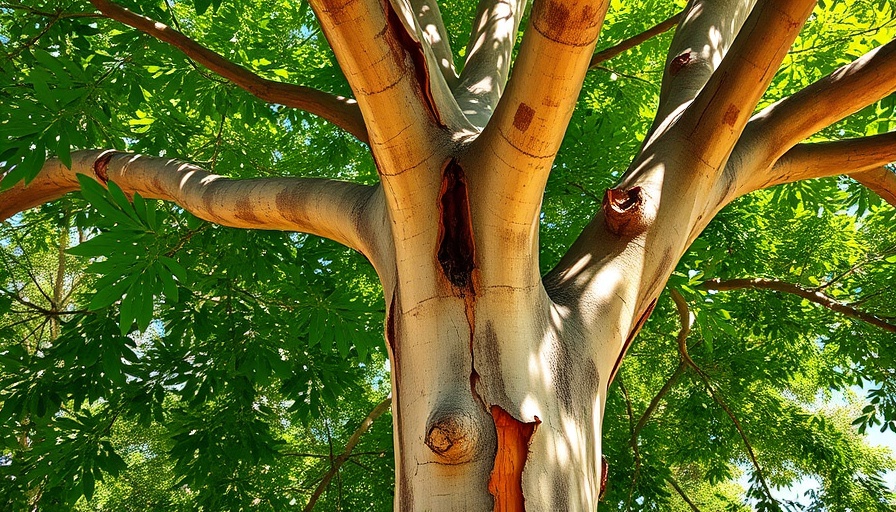
The Scented Splendor: Discovering Eucalyptus
Eucalyptus trees offer a splendid fragrance that permeates gardens and landscapes. Their versatility is astounding, boasting around 700 species ranging from petite shrubs to towering giants. Native to Australia, these trees are designed to thrive in diverse environments. In this guide, we will unveil practical tips for growing and caring for eucalyptus, emphasizing their significance for sustainability and biodiversity.
How to Grow Eucalyptus: Unearthing the Essentials
Growing eucalyptus requires considering the climate and soil type. Most eucalyptus species flourish in sunny, arid environments, making them ideal for drought-resistant landscapes. However, certain varieties can also adapt to swampy conditions. When planting, ensure the soil is well-draining and rich in nutrients to allow these magnificent trees to thrive. Ground preparation is vital, including adding mulch for moisture retention.
Choosing the Right Species: A Tree for Every Garden
When selecting eucalyptus for your garden, it’s important to choose a species appropriate for your climate. For example, the snow gum (E. pauciflora) can withstand colder temperatures, while the red river gum (E. camaldulensis) prefers warmer and sunnier spots. By identifying your local conditions, you can narrow down which eucalyptus species will flourish, contributing to your garden’s biodiversity. This selection process can empower gardeners to create vibrant ecosystems that attract local wildlife.
Maintenance Tips: Keeping Your Eucalyptus Healthy
Maintaining eucalyptus trees involves regular watering, especially during dry spells. Though eucalyptus is drought-tolerant, young trees may need more frequent irrigation until they establish strong root systems. Additionally, regular pruning helps shape the trees and encourages healthy growth. Remember to remove any dead branches or excess growth to promote air circulation and fend off potential pests.
Propagation: Expanding Your Eucalyptus Collection
Propagating eucalyptus can be a rewarding gardening project. You can propagate these trees from seeds, cuttings, or even by seed. Collect seeds and sow them in a seedbed, providing ample sunlight and moisture. Alternatively, take semi-hardwood cuttings during warmer months for quick propagation. This ability to grow new eucalyptus trees allows you to expand your garden's diversity and invite pollinator-friendly plants.
Common Pests and Diseases: Protecting Your Plants
Eucalyptus trees can often face threats from pests such as aphids and beetles. Implementing organic pest control measures, such as introducing natural predators like ladybugs, can help maintain a healthy environment. Regularly inspecting your plants and taking action at the first signs of disease will protect your trees from potential infestations and ensure robust growth.
Embracing the Eucalyptus: A Sustainable Choice for Modern Gardens
Eucalyptus trees are more than just beautiful plants; they also provide essential benefits to gardens and ecosystems. Their rapid growth makes them an excellent choice for reforestation and sustainable landscaping projects. By integrating eucalyptus into your garden, you can enhance air quality while attracting creatures essential for pollination and ecological balance.
Final Thoughts: Transform Your Garden with Eucalyptus
If you love the beauty and scent of eucalyptus, there's no better time to start growing them. With the right care and maintenance, these trees can flourish in your backyard, creating a serene space that invites wildlife and inspires relaxation. Ready to cultivate your eucalyptus aspirations? Find the right species for your unique garden today and enjoy the many benefits they bring for years to come!
 Add Row
Add Row  Add
Add 




Write A Comment